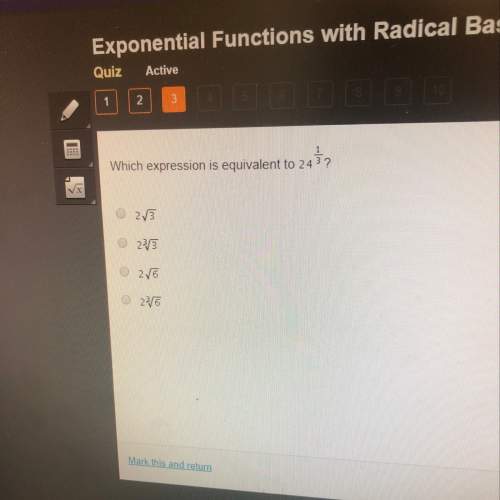
Mathematics, 12.08.2021 22:30, july00
A medical researcher wants to compare the pulse rates of smokers and non-smokers. He believes that the pulse rate for smokers and non-smokers is different and wants to test this claim at the 0.05 level of significance. A sample of 79 smokers has a mean pulse rate of 88, and a sample of non-smokers has a mean pulse rate of 84. The population standard deviation of the pulse rates is known to be 10 for smokers and 9 for non-smokers. Letµ1 be the true mean pulse rate for smokers and µ2 be the true mean pulse rate for non-smokers.
a. State the null and alternative hypotheses for the test.
b. Compute the value of the test statistic. Round your answer to two decimal places.
c. Find the p-value associated with the test statistic. Round your answer to four decimal places.
d. Make the decision for the hypothesis test and state your conclusion.

Answers: 1
Other questions on the subject: Mathematics

Mathematics, 21.06.2019 15:40, tylorroundy
Given the following sampling distribution of one mean with a sample size 49, from a normally distributed population, find the population standard deviation, o.79828588912497
Answers: 3

Mathematics, 21.06.2019 17:30, sabrinarasull1pe6s61
Find the zero function by factoring (try to show work) h(x)=-x^2-6x-9
Answers: 2


Mathematics, 21.06.2019 23:00, cakecake15
Solve the problem by making up an equation. a man could arrive on time for an appointment if he drove the car at 40 mph; however, since he left the house 15 minutes late, he drove the car at 50 mph and arrive 3 minutes early for the appointment. how far from his house was his appointment?
Answers: 1
Do you know the correct answer?
A medical researcher wants to compare the pulse rates of smokers and non-smokers. He believes that t...
Questions in other subjects:
















